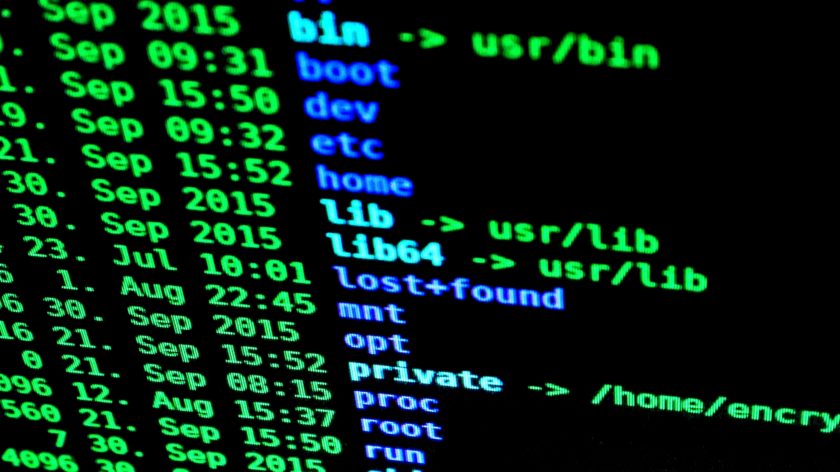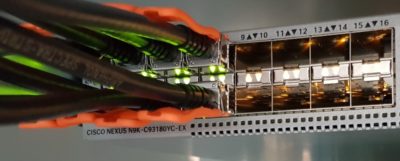Operations vs Projects Balance in IT infrastructure teams
For the past two years, I have been managing a team in charge of the data center infrastructure. It is a medium-sized team in charge of the HPC clusters and bare-metal servers, storage, network, and also virtualization and containers platforms, such as VMWare, OpenStack, and Kubernetes, plus some central services.
This team has a dual mandate: keep daily operations running smoothly and carry out innovative and challenging engineering projects. As the person responsible for resource management and keeping the team’s project schedule on track, one important challenge is to find the right balance between these two responsibilities. This requires a strategic approach to resource allocation and time management. Let me give you my take on operations vs projects balance in IT infrastructure teams.





